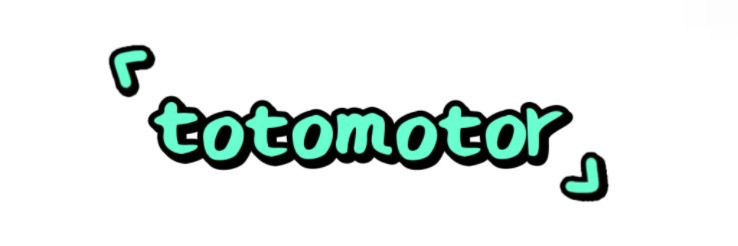How Reflective Labels for Clothing Services Enhance Safety
If you are looking for more details, kindly visit Jiamei Labels.
Reflective labels for clothing services significantly enhance safety by increasing visibility, especially in low-light conditions.
Understanding the Significance of Reflective Labels
Reflective labels are designed to catch light and make the wearer more visible to others, particularly in dim environments. This feature is crucial for individuals working in safety-sensitive professions, such as construction, emergency services, or any outdoor roles that operate primarily during evenings or early mornings.
How Reflective Labels Work
These labels utilize a special material that reflects light back to its source. The mechanism is simple: when light, such as from a vehicle's headlights, strikes the reflective surface of the label, it bounces back, alerting drivers and passersby of the wearer's presence. This technology is employed in various types of clothing, including jackets, vests, and uniforms, making it an essential investment for safety-focused organizations.
The Process of Advocating for Reflective Labels
Integrating reflective labels into clothing services requires collaboration between manufacturers, safety regulators, and end-users. Initially, safety standards are established, often influenced by data showing the rates of accidents in low-light situations. Subsequently, manufacturers design garments featuring reflective elements based on these benchmarks, ensuring that the labels meet required visibility standards. Continuous feedback from users also plays a pivotal role in improving the design and functionality of these labels.
Featured content:Transform Your Brand: Boost Safety with Reflective Labels
Impact of Reflective Labels on Safety
Apparel
What Features Do Buyers Look for in Women's Coats?
Why Should You Choose Custom Shoes Over Brands?
Top Women's Custom Clothing Supplier for Unique Fashion Needs
7 Reasons to Choose Factory Faux Rabbit Fur Rugs for Your Home
How to Choose a Custom Clothing Private Label Manufacturer?
The impact on safety is profound—injuries and fatalities can be significantly reduced due to the enhanced visibility provided by reflective labels. Studies indicate that construction zones with workers wearing reflective gear experience fewer accidents compared to those without it. This advantage extends beyond the workplace; cyclists, pedestrians, and outdoor enthusiasts also benefit from reflective clothing, making neighborhoods and roads safer overall.
Social and Economic Implications
Incorporating reflective labels is not only a matter of safety but also has social and economic implications. On a social level, communities benefit from a decrease in accidents, fostering a culture of safety and awareness. Economically, businesses that prioritize worker safety can reduce liability costs associated with accidents and injuries. This investment in safety standards ultimately leads to higher employee morale and better public perception.
The Future of Reflective Labels
As the demand for safety in various industries continues to grow, the future of reflective labels looks promising. Innovations are expected in materials and designs, making them more comfortable and aesthetically pleasing for wearers. Additionally, as technology evolves, smart reflective labels could soon merge with digital features, allowing for even greater interactivity and effectiveness in safety applications.
In conclusion, the integration of reflective labels for clothing services is a straightforward yet powerful measure to enhance safety. By understanding their importance and advocating for their use, we can create safer environments for everyone, be it in our workplaces or communities.
Click here to get more.
Featured content:Trendy Girls Long Sleeve Pajamas Wholesale: Shop Tress Styles
Transform Your Space: Custom Shaggy Carpets Wholesale Guide
What are the benefits of fleece animal pajamas?
Affordable Shaggy Rugs Wholesale: Best Deals & Buying Guide
Top Wholesale Kids Nightclothes for Sweet Dreams
Top 7 Girls Cute Coral Fleece Pajamas Wholesale from China
What Are the Benefits of wholesale cheap PV Shaggy Carpets?
- 0

